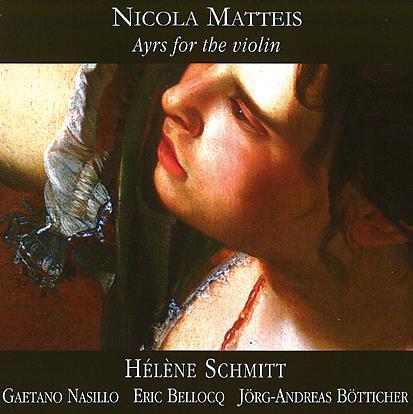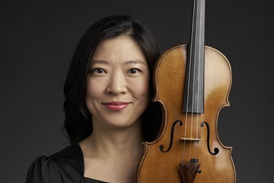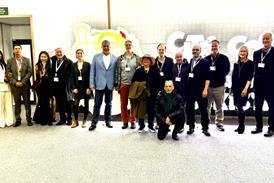
THE STRAD RECOMMENDS
The Strad Issue: January 2009
Musicians: Hélène Schmitt (violin) Gaetano Nasillo (cello) Eric Bellocq (guitar/lute) Jörg-Andreas Bötticher (harpsichord/organ)
Composer: Matteis
Nicola Matteis was a key figure in the development of violin playing in 17th-century England, providing, in Roger North’s words, ‘the means of settling Italian music in England’. His four books of ‘Ayres’, published in pairs in 1676 and 1685, comprise largely Italian-style dances or variation sets, some with imaginative titles, and have been described as a ‘very varied rag-bag of currently fashionable styles’.
Hélène Schmitt has made robes out of Matteis’s rags. She has interpreted his grouping of his short Ayrs by key as suggesting that performers have carte blanche to assemble them into suites as desired. She plays her own suite selections with flair and musicality, her versatility ranging from a passionate ‘Sarabanda amorosa’ through quasi-improvisatory preludes to energetic jiggs, clearly articulated fugues, incisively rhythmic dances, deftly ornamented adagios, sharply characterised divisions and quasi-pantomime bizarreries over a ground bass. She is appropriately extrovert in realising her vision, incorporating occasional portamentos and fairly extreme vibrato breadth and speed into her expressive vocabulary. Especially outstanding is her technically assured and thoughtfully shaped reading of Matteis’s Passaggio rotto, Andamento veloce e Fantasia for solo violin.
Schmitt’s co-performers give creditable accounts of themselves as both soloists and accompanists. Curiously, Schmitt allows an English ‘imposter’ the Parthian shot, concluding her final Suite in G major with a contemplative, melancholy prelude for solo violin by a composer upon whom Matteis had considerable influence, Henry Purcell. The recording is sufficiently closely miked for Schmitt’s intakes of breath to be audible, but it is nonetheless warm and astutely balanced.
ROBIN STOWELL








































No comments yet